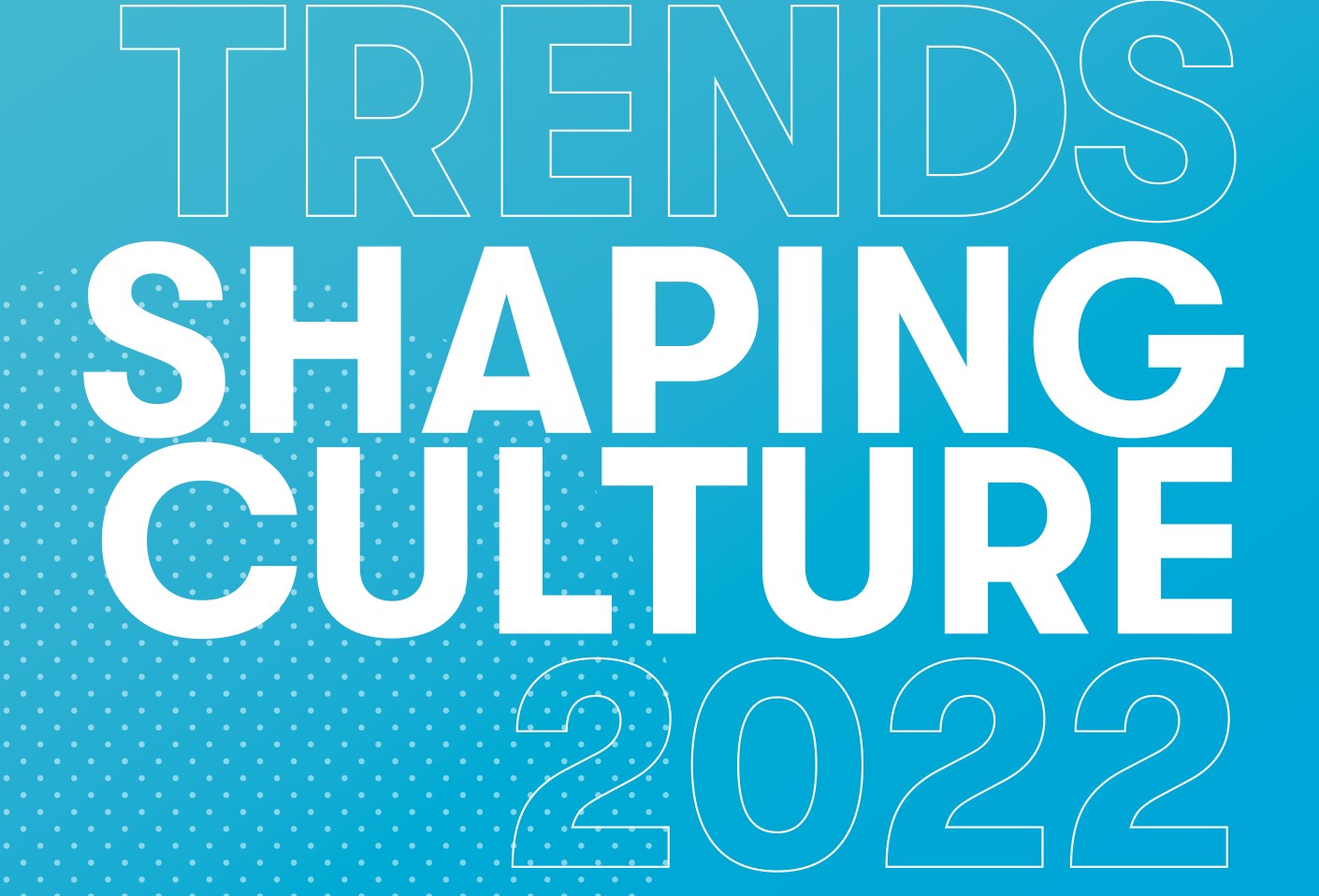
Former Love Island contestant, Mollie-Mae Hague, has been branded ‘out of touch’ following comments made about wealth inequality and the hard-hustle in an interview for Steven Bartlett’s YouTube series ‘Diary of a CEO’. The social media influencer and self-proclaimed entrepreneur used the platform to tell her rags to riches tale: ‘I’ve worked my arse off to get to where I am today… if you want something enough you can achieve it’.
Using the popular internet adage ‘Beyonce has the same 24 hours in a day as we do’, Mollie-Mae suggested that the key to success is hard work. In other words, according to the Twitterati, she called poor people lazy.
It’s not the first time an influencer has come under fire for being tone-deaf. It’s not even the first time this year. Mummy-blogger Elle Darby recently suffered a 100,000 follower loss when her racist and homophobic posts resurfaced on Twitter. Both influencers were quick to issue apologies (of sorts) but the damage had already been done and there’s not a lot of forgiveness in influencer land – Zoella herself never fully recovered from her disastrous attempt to sell advent calendars to kids for £50 a pop in 2017.
Relatability is supposed to be the bedrock of influencer marketing – it’s what sets them apart from the traditional celebrity. The lifestyle is almost unobtainable but not quite – if you hustle like a #girlboss you can have it too. Yet time and time again, some of the most-followed people on Instagram are doing and saying things that suggest they’ve totally lost touch with reality.
According to The Resolution Foundation, Britain’s wealth gap has ballooned during the pandemic. The belief that ‘working hard’ is the secret to success irrespective of race, class, gender, wealth or background is a myth. Beyonce employs 6 nannies and gets paid $700k per Instagram post, while many working in the gig economy of 2022 don’t even earn the national living wage.
On the surface, trust in influencers seems to be declining yet brands are still spending, with the influencer marketing industry set to be worth $15billion by the end of this year. Clearly, the influencer bubble hasn’t burst, but the channel is certainly evolving.
With cancel-culture rife and the biggest names on Instagram just one early-noughties tweet away from a brutal online shaming, brands need to exercise even greater caution when selecting talent to work with. If acknowledgement of the power of smaller, more niche influencers represented the second wave of influencer marketing, a closer alignment of brand and influencer values represents the third. In 2022, selecting talent based on traditional metrics such as follower numbers and cost-per-engagement will no longer cut it. Instead, brands need to build meaningful, long-term partnerships with talent – it’s about shared values as much as it is a shared audience.

With the government’s lockdown restrictions easing as the UK dives headfirst into the new year, 2022 is set to be the first or most ‘normal’ year to follow the pandemic. As 2022 lifts the veil on the underlying condition of the country, it reveals culture, people, and society in the UK, reborn as products of the pandemic.
The 2022 edition of the7stars’ Trends outlook uncovers 7 different macro trends that shape this picture. However, whether it be ‘The Virtual Gold Rush’ or ‘The Circular Economy’, at the heart of this new order lie two underlying themes that will flavour the year ahead: connection and change.
As innately social creatures, people gravitate towards their communities for support, togetherness, and companionship during times of distress and isolation. We see this manifest in trends such as ‘The Circular Economy’ where localism thrives and in ‘Seasonal Spectaculars’ where people bring celebration to togetherness. The same drive triggers ‘The Democratisation of Creativity,’ where creators leverage community platforms like Patreon and Shopify to monetise their creative abilities. Howsoever it may be found, human search for connection is palpable, and now more than ever.
2022 is also set to be a great year of change. From ‘The Gender Agenda’ (the revolution against gender binary) to ‘Shopping at the Speed of Culture’ (the evolution of consumers’ needs in an online marketplace), rapidly evolving trends are disrupting culture as we know it. Brands that adopt an approach sufficiently agile and proactive will pioneer in pushing the boundaries for brand activity. Already leading the curve are ‘direct-to-avatar’ marketing which aims to blend online and offline in the gaming world and the much talked about rise of NFT’s.
Moreover, trends newly thrown into the mainstream, such as sustainability and gender fluidity, have quickly matured from virtue-signalling ‘good-to-haves’ into minimum expectations and today’s criteria for success. Whilst we know that some of these may not gain full momentum until a few years down the line, there’s no doubt that brands should be prepared to play in a significantly contemporary, volatile, and future-facing arena.
Source: the7stars 7 Macro Trends Shaping Culture 2022

Sky Media continued at the forefront of TV innovation with the announcement of their new Smart Sponsorship offering. By combining pre-existing addressable TV technology, with the sponsorship platform, the TV giant claims the latest modernisation will allow brands to create ‘even more effective partnerships with our shows and channels’.
Smart sponsorship utilises Sky’s already well established Adsmart platform. Launched in the UK in 2014, Adsmart enables brands to target highly specific audiences in a way not previously possible on traditional linear TV. Ads can be served with high levels of granularity, ranging from simple geographic areas, right up to using Sky’s customer data to target specific individuals. Adsmart is now available across over 100 stations, and over 450 brands used the platform in 2021.
This new technology opens the opportunity for local and geographic creative executions, giving advertisers the ability to tailor bespoke messages. Alignment is available for specific locations: such as country, county, city, council area and even down to postcodes. It also allows sponsorship across specific regions only, meaning regional advertisers now have access to sponsorships, whereas previously they would have been able only to access regional weather and news sponsorships across ITV. It could be argued, of course, that this may only be relevant to regional advertisers, and Sky may struggle to sell some regional sections of a sponsorship once it’s been divided up.
In addition to regional messaging, Smart Sponsorship will grant advertisers the opportunity to speak to different segments of their customer base. For example, a car brand could change idents dynamically to show different models based on audience affluence or life stage. More broadly, advertisers will also have the chance to speak to current or lapsed customers, tweaking the creative messaging accordingly, ensuring advertisers are delivering the most pertinent creative to resonate with their audience.
Although when used alone this new service can offer great benefit to advertisers, its use in conjunction with other Sky services will allow advertisers to make the most of the new opportunity. When paired with Sky AdVance capabilities, advertisers will be able to retarget households, which have been served the Smart Sponsorship advert, through other digital media channels. One of the extra benefits of including regional targeting is the extra layers this will give to web attribution data, allowing advertisers and agencies to gain more insight into the success of their campaign beyond eyeballs on a screen.
It will be interesting to see how Sky’s new Smart Sponsorship service will land with advertisers and audiences, as it offers media planners a route into the nation’s homes via regionally specific or audience bespoke idents, which were previously off-limit in the sponsorship space.

The digital technology and marketing industries are awash with ideas, concepts and devices that never really made the leap into the mainstream, from Google Glass to RocketFuel. However, back in 2012 when Google voice search launched and then in 2014 when the Alexa smart speaker made its debut, we probably all felt that voice search was a real game-changer and here to stay. Surprisingly, the latest trends data suggest that may not be the case.
Search, both paid and natural, has been a mainstay of the digital industry right from the start and has driven huge commercial success both for companies and individuals. From initial directories like Yahoo or Altavista that were the equivalent of an online Yellow Pages to the sophisticated algorithms that now power the Google search engine results pages (SERPs) search development has been fast-paced, expensive and hugely lucrative. Search has propelled Google to one of the largest, most profitable and powerful companies that has ever existed, dominating markets globally. In its infancy, who would have thought ‘to google’ would appear in the Oxford English Dictionary.
Since then, the emergence of updated voice search technology like Siri and devices like Alexa from Amazon began to hint at a new future for search. A future without keywords and multiple results pages, a future where you are able to ask a question and have it answered instantly. Game-changing stuff, which opened the door for Apple and Amazon to use their voice search technology built into their hardware finally to put up a serious challenge to Google in the search space.
Brands and agencies were quick to jump on this new trend, building skills for Alexa, optimising natural search results around questions and analysing paid search data for those long-tail queries. Things looked rosy at the start and although it was hard to get hold of solid data from the platforms, Google claimed that voice search accounted for 20% of all searches on its app by 2016. Gartner was predicting that 30% of all searches would be voice-activated by 2020. However, as we move into 2022 the picture is not quite as clear. Although sales of voice-activated hardware remain strong, 150million smart speakers were sold globally in 2021 according to Business Wire, voice search usage has not taken off in the way many in the industry predicted.
As ever with keyword data increasingly being stripped out of analytic feeds by Google and Amazon, it can be hard to put an exact figure on it but data from Voicebot showed a 66% decline in Alexa skills 2020 vs 2019, indicating that brands are not seeing the sustained levels of engagement with voice search outside of core services such as news, weather and transport.
Brands should think carefully about the role voice search should play in their marketing plans and investments in this space. Search is a very personal activity, with many of us not comfortable with the rest of the train carriage or our flatmates knowing what we are searching for. This does not mean voice search is dead and most search is still question-related – who, what, why, where, when. Brands should build both paid and natural search tactics around these, although having them voice-specific is up for debate.

It all feels a little too familiar. After two years of the pandemic forcing brands to rethink their brand voice drastically during a time of international crisis, the country’s prospects had, at least in our hopes, finally started to look up. Now, as the country braces itself for life without restrictions, millions of households are being confronted with a new crisis: inflation is at a 30-year high, the tax burden on low-income families is increasing, and shortages continue to rage.
How should brands react to this new trident of troubles? Fortunately – or most likely, unfortunately – we’ve all been here before. From the Black Wednesday recession of the early 1990s to the global credit crunch of 2008, brands have been adapting to changing consumer scenarios for decades. Here are four lessons that should prove valuable for marketers today:
- Keep advertising. The first lesson is as simple as it is clichéd. As the oft-repeated David Ogilvyadage goes, “When times are good, you should advertise. When times are bad, you must advertise.” Indeed, while it may prove tempting to slash advertising budgets, the damage caused by switching off media takes years to repair. Take McDonald’s, whose decision to cut advertising during the 1990s recession led sales to decline by 28%. For Pizza Hut and Taco Bell, this proved a prime opportunity to pounce on McDonald’s hiatus, with both increasing revenues dramatically.
- Improvise. Adapt. Overcome. Brands’ longstanding tones of voice often go out of the window during times of crisis. One of the earliest casualties of the 2008-09 recession was Howard Brown, Halifax’s chirpy – if polarising – branch employee, whose endearing smile was deemed ill-fitting for the financial woes of the population. While the current cost of living squeeze is not universal, brands should still ensure their messaging does not alienate large swathes of their audience.
Conversely, while it may not always be appropriate, humour is often a healer in times of shared misfortune. During the 1970s inflationary crisis – with inflation rates dwarfing those of today – Campbell’s Soup’s US campaign famously instructed concerned citizens to put their money into ‘chicken stocks’. Such humour can prove particularly apt for brands with low price points, and some fast-food brands across the pond are already borrowing from the Campbell’s playbook.
- Prioritise brand building. With brands and consumers alike in their financial worries, it may appear logical to aim for short-term sales boosts over long-term strategic goals. This approach is unsustainable, however, and even ill-advised while shortages continue to plague supply chains. Rather, brands should look to drive affinity and remind their audiences that they will still be around when times are better. Guinness’s St Patrick’s Day campaigns during the Covid-19 lockdowns are a recent example of this: at a normally critical time for the drinks industry, Guinness behaved soberly in encouraging togetherness and emphasising the philanthropic efforts of the business.

Live sport is back in full force, with the Winter Olympics, the Superbowl and the Six Nations tournament being held around the world in recent weeks. Global lockdowns had a devastating effect on the sports industry at both local and international levels, with 15% of people citing watching sports as the thing they missed watching the most during lockdowns (Statista, 2020). Yet the last two years have undoubtedly had a lasting impact on how we enjoy live games, with just 8% of global consumers saying they’re comfortable with attending a near or totally filled stadium (YouGov, 2021).
Live sport is therefore adapting to a new environment. We’ve identified four ways the live sports experience is becoming more accessible and immersive for all:
Firstly, sport streaming is on the rise. 24% of consumers watch live sport online, with those aged 18-24 more than twice as likely as those over 55 to watch sports via a live stream (YouGov, 2021). Online services are increasingly bidding for exclusive sports rights and competing with the traditional broadcasters – as seen with sports subscription service DAZN recently expanding their offering in the UK, announcing deals with Matchroom Boxing and the UEFA Women’s Champions League.
Secondly, social media has a newfound importance in the viewing experience. Over half of people say they monitor their social feeds while watching sports (YouGov, 2021). Streaming introduces new possibilities for interaction such as options to watch along with your friends virtually and comment in real time on matches and sporting events.
Thirdly, personalisation and interaction are driving deeper engagement. In the US, Amazon offers a choice of announcers for their NFL games, whilst basketball team the L.A. Clippers have pioneered a new ‘CourtVision’ technology which allows fans to switch between multiple ‘Modes’ including different camera angles and real-time data. Other viewer interaction techniques also include the ability to shop for official merchandise and view bios and statistics of the players.
And finally, technology is facilitating further innovation. The future of watching live sport is becoming more immersive, enabled by the development of sophisticated AR and VR technologies and the rise of e-sports. For example, Formula One hosted a successful virtual tournament during lockdown in which drivers raced against a host of celebrities, highlighting a future opportunity for consumers to play alongside a team or sportsperson from the comfort of their living room.
In many ways sport is now unique in the world of entertainment. It remains one of the few events viewers continue to tune-in to watch live. Last summer, the UEFA Euro 2020 Final racked up almost 30 million viewers – making it the most watched programme of the year. A combination of new media channels for reach and engagement alongside new technology and innovations will enhance the experience for viewers, while also providing more opportunities for brands to be a part of the experience with them.
Source: YouGov 2022, Statista 2022.

As our media behaviours continue to evolve, the one that everyone has on their watch list for 2022 is gaming. the7Stars’ QT recently identified that 57% of Brits game as a form of escapism, with 2 in 5 relying on it as a means of entertainment. Although a higher percentage of younger people play games, casual mobile gaming has driven an increase across all age groups. This growth in gaming offers new in-game channels for marketers to directly deliver messages to all types of immersed audiences, via their medium of choice.
Brands can now leverage the power of programmatic ads and in-game out of home experiences. From static ads to dynamic virtual billboards, in-game advertising enables greater customisation of the user’s experience as well as availabilities for geo-targeting – all whilst being fully integrated into the storyline of a game. As such, ads in the gaming universe complement their surroundings and become part of the digital world, as they would in real life. This makes an effective way to reach audiences in a non-intrusive yet identifiable way.
Additionally, gamers’ acceptance and expectation for brand engagement on virtual platforms is evident. Studies have highlighted that 70% of young gamers believe that brands should pay more attention to gamer culture, and more than half of gamers agree that brands should work to get their products in video games.
With increasing volumes of audiences spending time and money in virtual gaming experiences, brands that fail to tap into gaming’s massive marketing potential could be missing out on a major opportunity to reach these engaged consumers. Brands that are ready to act and to evolve with the gaming world will reap the benefits of these highly immersive and shoppable environments.
Source: the7stars QT, Ypulse, ExhangeWire.com




Recent Comments